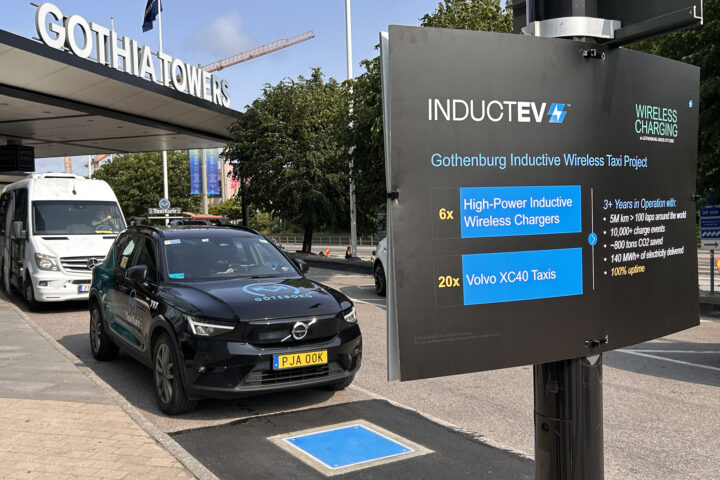Sweden, a country with more islands than any other in the world, relies heavily on waterborne transport for both everyday commuting and leisure. As climate goals tighten, the transition from fossil fuel-powered to electric boats is emerging as a crucial step in making this mobility more sustainable.
With nearly 27,000 islands, water transport is not just a convenience but a necessity for many communities in Sweden. Ferries connect islands to the mainland, and recreational boating is deeply embedded in Swedish culture.
At the same time, the maritime sector is highly dependent on fossil fuels, making a sustainable transition urgent to reduce the sector’s environmental impact. For Sweden, electrifying boats is a prime opportunity to cut emissions, reduce local pollution, and improve life on water, all while helping the country move closer to its target of reaching net-zero greenhouse gas emissions by 2045.
Pilots for electric transport show the way
Recent pilot projects demonstrate how the shift could happen. In July 2025, the world’s first electric hydrofoil passenger ship successfully concluded its trial in Stockholm, in a collaboration between the Swedish boat company Candela, Region Stockholm (SL), and the Swedish Transport Administration.
The same technology is now being tested on the west coast. In September 2025, commuters between Öckerö island and central Gothenburg can try the Candela P-12 electric ferry in a trial run in collaboration with Västtrafik (responsible for regional public transport) and local partners. This hydrofoil vessel lifts above the water to cut drag, using 80% less energy than conventional ferries. The pilot test aims to demonstrate how electric boats can deliver reliable connections with far lower emissions.
Expanding charging infrastructure
Beyond public transport, other initiatives are also targeting the private boating sector. For example, the EU-funded go:LEIF project, led by Innovatum Science Park, is working on developing a charging corridor for electric leisure boats along Sweden’s west coast and Norway.
The aim of the project is to expand port charging infrastructure, which is essential to give private boat owners the confidence to invest in electric alternatives. With more than a million fossil fuel-powered recreational boats in Sweden and Norway combined, there is great potential for emission reduction. If successful, the shift could set a global example for the electrification of personal marine vehicles.
Toward sustainable water mobility
The transition to electric boats can not only cut carbon emissions but also help reduce noise and pollution, benefiting both people and marine life. Through public-private partnerships and innovative technologies, Sweden is well-positioned to turn sustainable mobility into a reality, both on land and on water.
Interested in Swedish solutions for sustainable mobility? Explore our list of companies at swedishcleantech.com/companies



